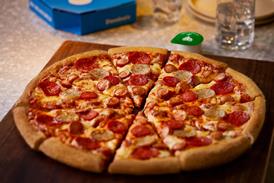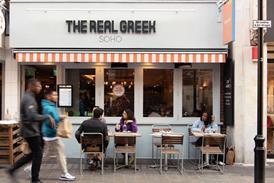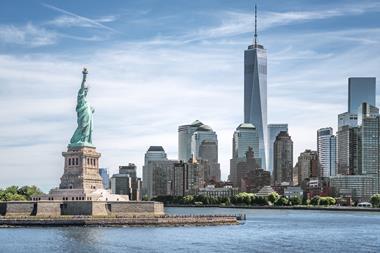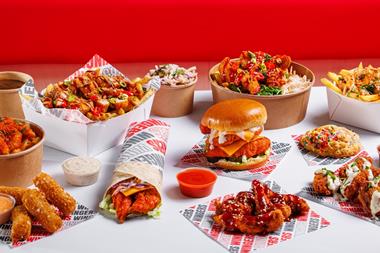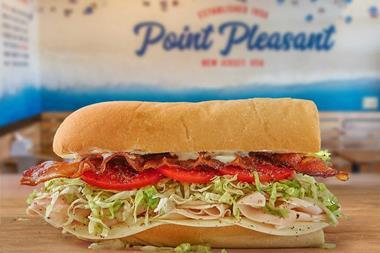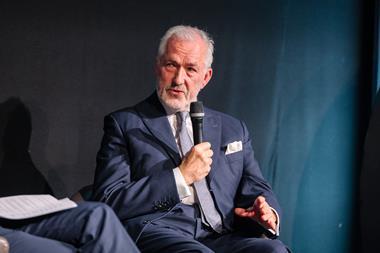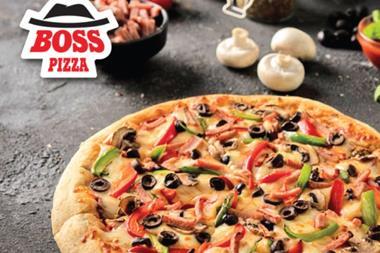In his latest Going Global column for MCA, international franchise expert Jasper Reid, weighs up the pros and cons of the major franchising targets around the world. He also takes a look at some non-traditional locations where UK eating out brands could thrive.
When I was 15 I went on a summer walking holiday in Spain with my father, mainly because everyone else in the family refused to come (and got their excuses in early).
So, we boarded a midnight flight to Malaga, where we killed time before dawn at the railway terminus alongside various unsavoury characters then took the first available train north. When the countryside looked nice, we disembarked at an unknown station.
By the end of that day, we’d walked 25 miles in 35c armed only with a 1950s Ministry of Defence map and our indomitable spirit. I played Sancho Panza to my Father’s Don Quixote and together we provided a source of amusement to the bemused locals.
The lesson of course is Be Prepared. Over my last few articles for MCA, we’ve covered multiple ways to be better prepared and now, filled with that end-of-term feeling, let’s explore where on earth the intrepid brand owner might venture.
Not so fast Michael Palin! Before booking that flight, ask yourself: how international are you? Most brands fib at this point but for those with zero experience, perhaps think about the following nearby countries:
The Republic of Ireland: land of the black stuff and spiritual home of hospitality. Not a bad place for a rookie international brand. Smaller, in terms of market potential, but with a generally familiar operating environment for a UK (or perhaps a US) crew.
Jamie’s (Italian) have made a go of Dublin; Costa are well-established; McDonald’s work well in service stations; Starbucks are on a roll.
Staying close to home, how about Germany? Very big with smart (if conservative) customers, high levels of disposable income and going through a generational shift. For brands that get Germany right, the rewards will be far more material than more popular destinations.
In fact, Europe as a whole can attract less interest than further flung markets. In our advisory business, we hear clients talk more about Australia than France. Sure, France can be tricky but if McDonald’s can make it work, so can others. Australia and NZ are English speaking but they’re much smaller markets and hyper-competitive.
Competition itself is often a neglected factor when brands consider potential markets. This is why you often see concentrations of brands in certain markets (eg UAE and other GCC territories).
The smarter move might be to go where others have not, especially if brand equity is less established. For example, target Poland (big population, negligible debt, highly educated, brand-conscious consumers). Think about Azerbaijan – oil rich and awash with luxury retail but very few international restaurant brands. Small fish in the big London pond might discover their mighty inner sturgeon here.
Staying on the contrary side of market selection, how about very large and growing markets whose demographics contribute to a brand’s long term equity story? Take Mexico: 125m people (median age 28); 11th largest global GDP; fast-growing; 400+ McDonald’s but wide-open for non-US international F&B brands.
Indonesia: 260m people (median age 29); Jakarta 11m and high concentrations of brand-conscious customers and well-run shopping centres. Many brands gravitate towards Singapore, Malaysia, Thailand but neglect Indonesia. Longer game perhaps but may reward those with staying power.
In the same vein (ie big markets; lower penetration), how about Nigeria (forecast population in 2100: 750m)? Pakistan – 200m people now and less complex than India. I was in Rawalpindi recently and you wouldn’t believe the quality of supermarket retail and the numbers of sophisticated shoppers.
Back to the mainstream markets and the US remains the holy grail for most brands: huge, high spend, ultra-competitive, diverse (but less so than an India). However, as The Rolling Stones will tell you, one gig at Madison Square Gardens ain’t going to cut it.
Those who attempt the States fall in to two groups: have-a-go-heroes (Wagamama, PizzaExpress) and those who take a strategic and long-term approach (Pret-a-manager…er that’s about it). Recently YO! Sushi executed a promising and, unusually, an inorganic market-development play with their acquisition of Bento Sushi.
Leon, UK poster child of fast and fresh, is making the right Stateside noises but will need to resist pressure from new investors to move faster (especially if UK LfL sales growth stutters).
Another holy grail (or Shangri La) market is Mainland China. The consumer boom is well-documented but, in our experience, it’s just the beginning. Levels of penetration in the organised restaurant sector are trivial versus mature markets and literally hundreds of metros are coming of age demand-wise but are materially under-supplied.
Hony Capital acquired PizzaExpress as a vehicle to exploit the China boom (with the core UK market acting as a cash-machine). Yum Brands bought out Little Sheep (hot pot format) to complement its Western QSR brands and gain access to the real rump of the market - affordable local cuisine.
Like so many big markets, China scores high on attractiveness and lower on attainability. Evidently, China is not for the small or fainthearted and brands will need to get used to local investors discounting their brand’s pulling power.
When we worked for PizzaExpress in China, I explained the franchise model to the CEO of a top tier Beijing State-Owned-Enterprise (SOE), who summed it up as: “So you give me the brand; I take all capital risk; I invest in building recognition; you send one guy from UK and take no capital risk. Then I pay you a country fee, royalties and store-opening money?…….. I don’t get it”. I could see his point.
Staying on Asia, here’s a birds-eye view of a couple of opportunities.
Japan. Often neglected. Food mecca; very low overseas F&B brand penetration (most fearing the quality of the competition). But, very high unit sales with younger consumers paying a premium for international offers. Paul Smith, Margaret Howell and Sunspel have cracked retail and there’s no reason a restaurant brand couldn’t do the same. QSR has.
The Philippines. Too seldom on the map for F&B brands but big, young and highly Americanised. Trading also wrapped up by a small number of local families who (if you can impress them) have the capital, infrastructure and know-how to scale up.
If you want evidence of Filipino know-how, take Jollibee who dominate the local QSR sector and have the balance sheet to acquire named overseas brands (eg Smash Burger).
In fact, here’s a thought: persuade Jollibee (or another big Asia investor) to acquire your UK brand and use their muscle, capital and know-how to go overseas. Given where valuations sit in UK today, this may work well for all parties.
Unlike Mr Palin, it’s not possible to get round the world in the space of a short newspaper column. This then is to whet the appetite with more to come in later editions.
In the end (and returning to our usual role as party/travel pooper), the key first step is to list out all the markets and apply a range of criteria relevant to the brand. Once done, then a big, long debate is in order.
My father and I really just wanted some sun so we grabbed the next flight out. You probably shouldn’t.
Jasper Reid is the Founder of IMM, which advises brands on international expansion and owns the Wendy’s and Jamie Oliver restaurant chains in India

